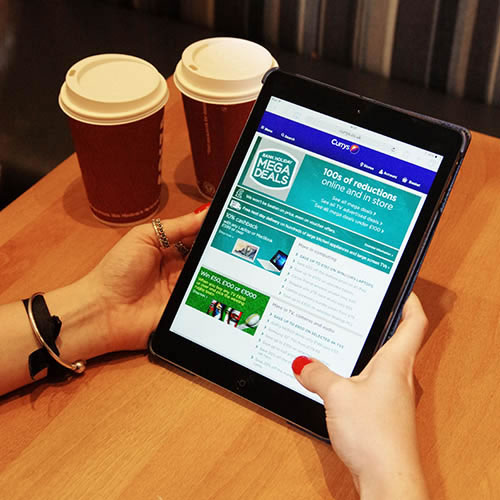Retail sales in the first quarter of this year fell by 1.4 per cent, new data has revealed.
The latest figures from the Office of National Statistics found that the three months to March saw the first quarterly decline since Q4 2013.
The quantity of goods bought in March in the retail industry is estimated to have increased by 1.7 per cent, compared with March 2016. However, it decreased 1.8 per cent when compared with February 2017.
The amount spent also increased by 5.1 per cent, compared with the same period last year, but declined 1.4 per cent on the previous month.
Average store prices, including fuel, increased by 3.3 per cent on a year ago, the largest growth since March 2012.
Online sales in March, which excluded fuel, increased 19.5 per cent year-on-year and 0.5 per cent compared to the previous month. Online sales accounted for around 15.5 per cent of all retail spending.
The average weekly spend online in March was £1 billion, an increase of 19.5 per cent when compared with March 2016.
Kate Davies, ONS senior statistician, said: “The retail sales figures show a decline on the month and on the three months to March, which coincides with quarter one in 2017. This is the first time we’ve seen a quarterly decline since 2013, and it seems to be a consequence of price increases across a whole range of sectors.”
Hugh Fletcher, global head of consultancy and innovation at Salmon, commented: “The latest ONS figures continue to show the decline in traditional bricks and mortar stores as retailers endured the biggest quarterly fall in seven years during the first three months of the year. Not only this but the significant inflation rate rise continues to deter shoppers from spending money. Average store prices increased by 3.3 per cent on the year, the largest growth since 2012.
“UK retailers face the tricky challenge of growing the business and encouraging shoppers to spend money, all the while mitigating the impact of inflation and keeping costs low. With online sales increasing year-on-year by 19.5 per cent, retailers can no longer shun the truth that shoppers crave a more immediate, reliable and digitally driven experience. Another study by the UK Cards Association shows card spending on the internet increased by a quarter in two years (an average spend of £422 million a day online).
He added: “The latter figures clearly show that shopping trends are shifting and UK consumers are increasingly being turned off the high-street in favour of online platforms such as Deliveroo and Amazon which offer the immediacy now required. The rise of e-commerce has been synonymous with new shopping habits, particularly as shoppers gradually turn to the living room couch as a good enough replacement to purchase goods and services.
“A shift towards a strong digital strategy is the first step in combatting the decline in the high street but retailers must increasingly test and embrace innovative technologies such as artificial intelligence, virtual reality changing rooms and Zero UI – the move away from physical interactions in favour of sound, movement and other senses. These are just a few examples of the latest digital trends that will continue to impact and evolve the industry. As consumers shift online, retailers must too embrace the change in shopping habits and feed consumers’ desire for convenient online shopping or face the dark prospect of poor sales, profit slumps and sluggish growth.”


